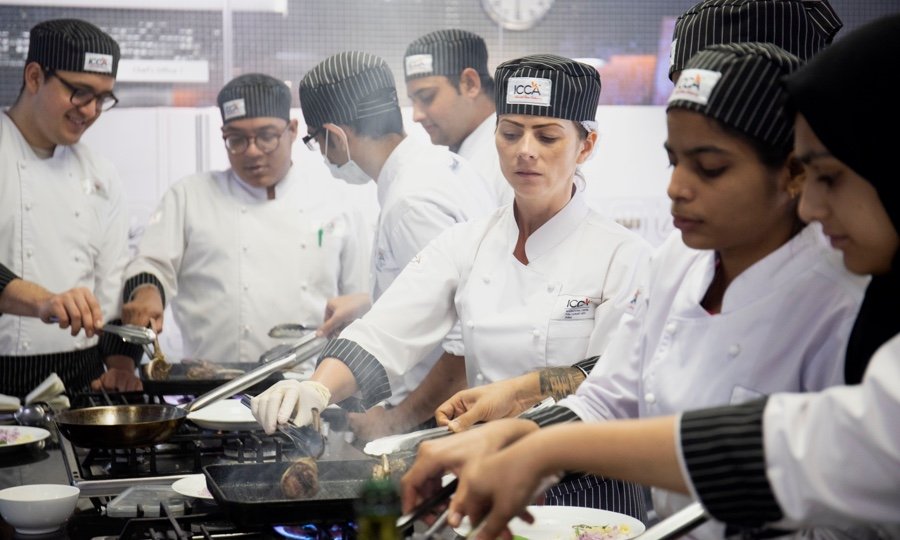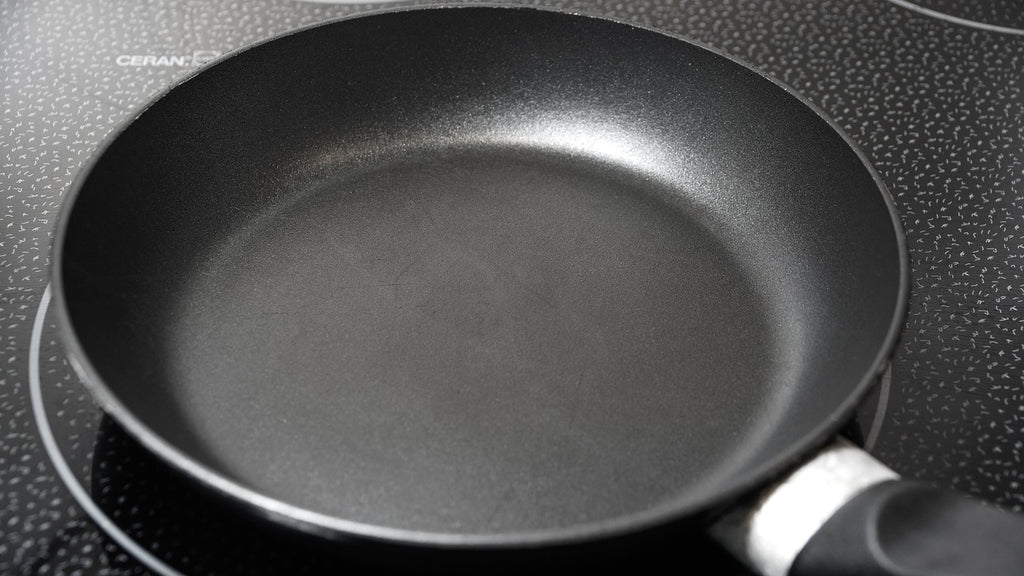
The science behind great cooking is key to creating delicious dishes. There are five flavours that our bodies recognize. You can then use them in different ways to create delicious dishes. In fact, some dishes employ all five, while others use only two or three. To get the best results, make sure to taste your food during cooking and then fix any off-flavors before you serve it. You must also learn how to season food properly. We'll be discussing some of the techniques and ingredients that can improve flavor and umami in this article.
Science behind the food taste
It's not unusual to wonder why certain foods taste better. Scientists are studying how the brain works and are actively trying to discover more receptors that can detect food flavors. Proteins in other foods, such as proteins found in meats, also have a role to play in flavoring food and making it more appealing. The complex chemical reactions that make foods taste good are the result of a variety of chemical properties. The first step is to smell and taste the food. Next, enzymes in your saliva process the food. Next, the taste process involves moving the food across the tongue's "papillae", which are small bumps that have approximately 50 to 100 taste cells. Each taste cells is folded like flowers and has a chemical receiver that translate into taste. This is known as "flavor perception".
Flavor Enhancers: Ingredients to enhance flavor
Good cooks are aware of how to add flavors to their dishes. They keep a stash of favorite condiments, produce staples, spice blends and other spices in their pantry. These can make the cooking process a breeze, add extra flavor, and cut prep time. These ingredients are the basis of delicious meals. These are my top picks:

Techniques to enhance flavour
The best dishes emphasize the layers of flavour in the ingredients. This is achieved through the use diverse techniques. These include adding flavours to food before they cook and adding them into the final product. Each step adds depth and flavor to the dish. If you skip one step, all the others will be less effective. The technique of adding salt before cooking can enhance the natural sweetness of an ingredient by counterbalancing it.
Ingredients that enhance umami
Umami isn’t something that is unique to China. Umami is a flavor that can be found in almost all foods. However, it's not a characteristic of Asian food. The amino acid glutamate provides the flavor. Although monosodium glutamate has a bad reputation, it is an ingredient that is safe for cooking. Monosodium glucose is an amino acid naturally found in foods. The U.S. Food and Drug Administration (FDA) considers it a safe ingredient.
Bitterness-enhancing ingredients
Bitter ingredients can work together in cooking. For example, bitter chocolate is often more delicious than milk chocolate, which lacks the contrast between its sweetness and bitterness. Salt can reduce bitterness in desserts. If you're using bitter ingredients in a dish, you may want to experiment with adding salt as an ingredient. Here are some tips to balance bitterness when making dishes.

FAQ
Where can I find free online cooking lessons?
You can find free cooking lessons on many websites. YouTube is a great place to search for cooking videos. You may have access to thousands upon thousands of recipes on some websites. While you may have to pay a monthly charge, these websites allow you to try out the recipes for 30 days for no cost.
Can I learn how to cook together with my children?
Yes! Kids love to help in the kitchen. It's an enjoyable activity that teaches responsibility and teamwork. From washing vegetables to chopping onion, children can help. They will enjoy helping you to cook if your children are safe with knives.
How much does it cost to study Culinary Arts?
Prices for studying culinary arts vary widely. A four-year degree usually costs around $40,000. On the other hand, a two-year associate's degree may cost less than $5,000. The type of program you choose will determine the tuition rates. Private institutions charge higher prices than public ones.
Statistics
- In the United States, the category is estimated at $23.2 billion annually and is growing faster than the market. (washingtonpost.com)
- under 10 Kids have been taught that there is special food just for them, and Fiese says that 10 percent of kids will throw a tantrum if they don't get the food they want. (washingtonpost.com)
- The median pay for a chef or head cook is $53,380 per year or $25.66/hour, according to the U.S. Bureau of Labor Statistics (BLS). (learnhowtobecome.org)
External Links
How To
How to make Apple Pie
The process of making an apple pie consists of several steps. First wash the apples. After peeling them, cut them in small pieces. Next, add sugar, cinnamon cloves, cloves, lemon juice, and salt. Mix everything together and place it in an oven at 350°F for 15 minutes. The apple mixture should be removed from the oven and allowed to cool. Next, add some cream. Then, sprinkle some powdered Sugar on top.